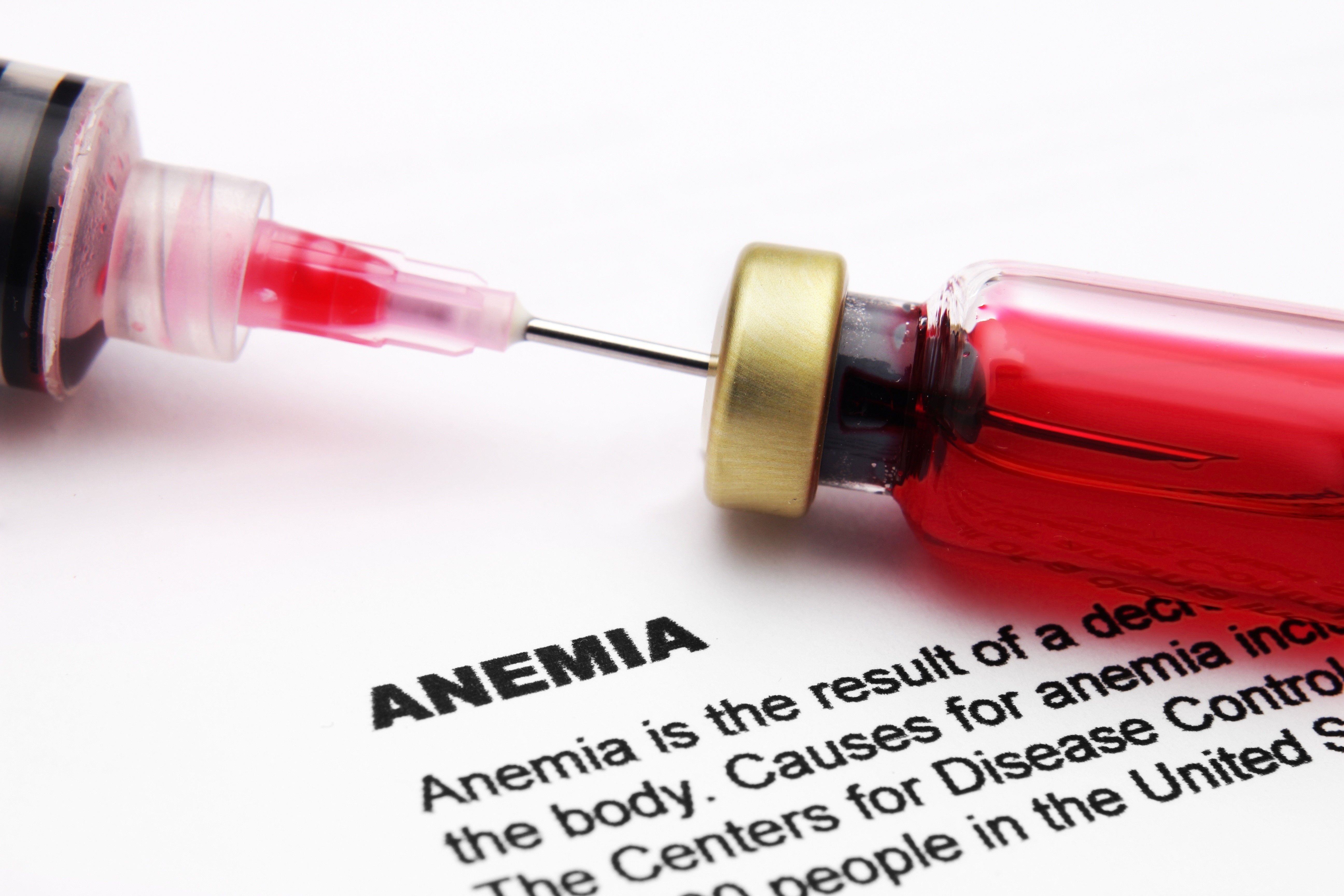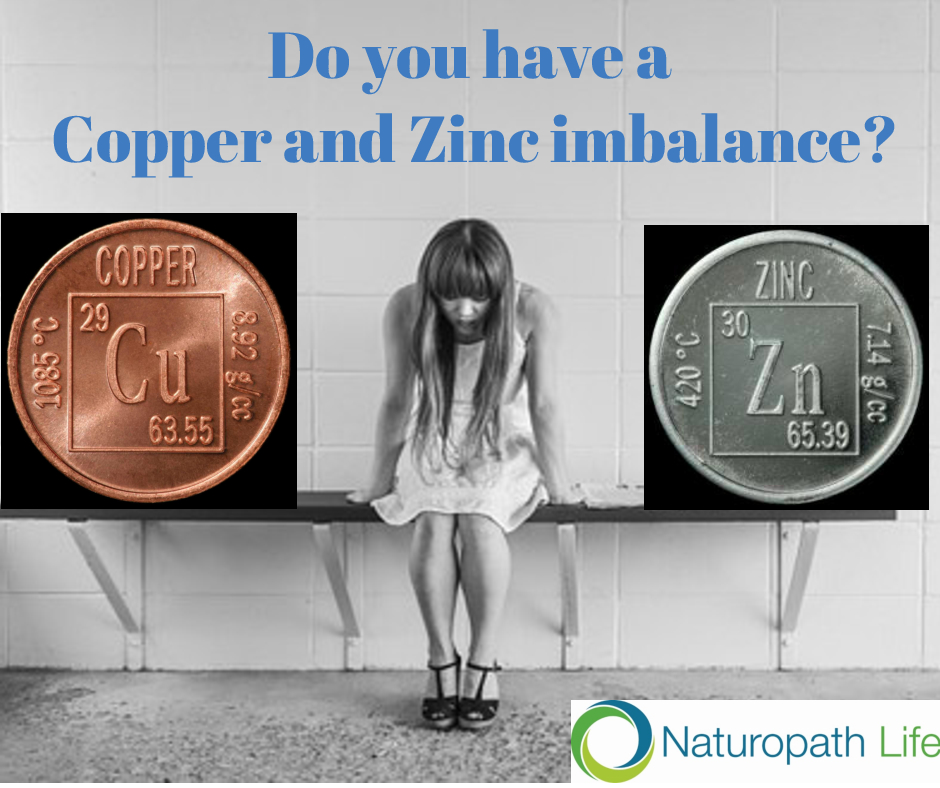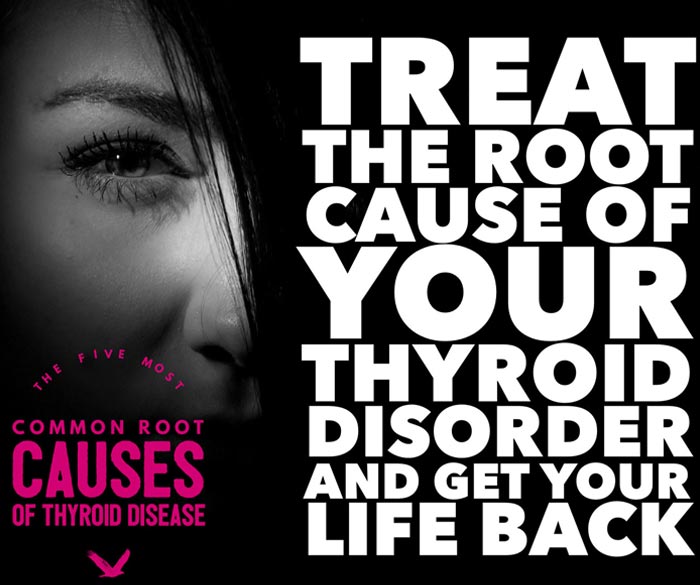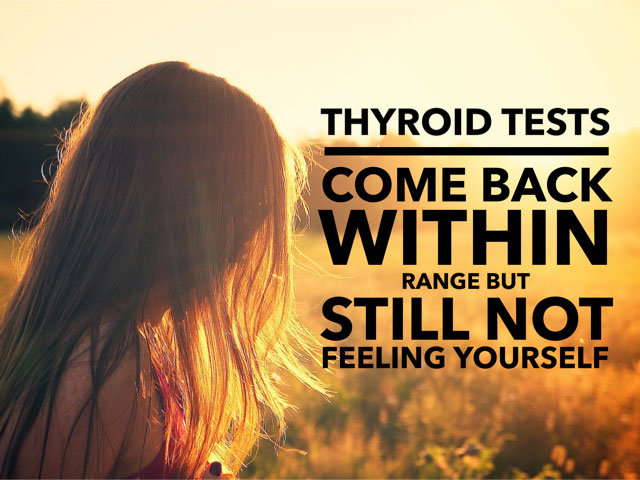Iron deficiency anaemia… Why iron supplementation isn’t the answer and why 1 in 5 have stored iron overload causing tissue damage and early aging

Iron is one of the most abundant minerals on earth and present in many foods, both animal and plant based. If this mineral is so abundant, why are there so many people that are showing signs of anaemia even though they are supplementing? Perhaps its iron deficiency anaemia is actually anaemia though chronic inflammation or a bioavailable copper issue, I’ll explain this further down the article and why iron supplementation may not be the right way to fix symptoms of anaemia.
On the other side of the equation, 1 in 5 men and postmenopausal women have excessive ferritin levels (tissue stored iron). These high levels can contribute to a range of detrimental health conditions including cancer, erectile dysfunction, diabetes, advanced aging, low testosterone, kidney disease, liver disease and many other conditions.
People with ferritin levels above 100 ug/L should consider donating blood to reduce their stored and oxidised iron levels.
The function of Iron
In humans, Iron has a number of roles.
These include;
Oxygen Transportation – the most well-known purpose of iron, iron forms part of the protein haemoglobin that carries oxygen from the lungs throughout the body via our red blood cells. Haemoglobin accounts for up to 60% of the body’s iron
Myoglobin – Iron is required for the formation of Myoglobin. Myoglobin assists with the storing of oxygen in muscle cells, it provides the red colour in muscles.
Immunity – Poor immunity is associated with low iron as well as excess iron. Iron is required to allow the immune response of the body to function efficiently. Our immune system stops invading microbes further expressing through depriving them of iron through an immune defence substance known as lactoferrin, made in breast milk and our intestines.
Enzymes – Enzymes are plentiful in our system and involved in a multitude of chemical reactions. Iron is required for a number of enzymatic reactions that drive the cells and produce energy.
What is the optimal Iron Level?
There are varying schools of thought around the amount of iron we require. As detailed above, iron is crucial to our health and wellbeing. Dr Mercola outlines in an article on elevated iron levels that Ferritin levels should be between 20 and 80ug/L with the optimal range between 40 and 60 ug/L.
Ferritin is our stored iron level and those with levels of over 100ug/L are at risk of having iron overload symptoms and causing damage to their body. Some people have a condition known as hemochromatosis, this condition causes the storage of excess iron, but many without this condition have accumulated far too much iron. and are having a silent and often untreated underlying root cause .
Just like in nature, iron rusts due to oxidisation, in our body iron also oxidises, causing destruction and oxidation. This iron excess accelerates aging and tissue damage that can lead to a range of conditions such as cancers, heart disease, diabetes, bacterial and viral infections, liver disease and many more.
Ferritin levels of over 100ug/L should be reduced to avoid chronic disease and tissue damage. Many doctors will be happy to see ferritin much higher than 100ug/L, do your research and see why this is slowly killing you.
Some of you may have your ferritin within this ideal range but have been told to supplement or are experiencing anaemia symptoms such as lethargy, poor memory and concentration, shortness of breath on exertion, pale skin, dizziness etc.
Perhaps the answer lies in the way that our body utilises iron and transports it along with the way it interacts with other minerals such as copper. More about iron and copper dysregulation below.
So with all this Iron around, why am I anaemic?
This is a really good question and one that requires an approach of reducing chronic inflammation and balancing the minerals of the body.
Iron supplementation is normally not the answer and will only lead to more oxidised iron in our system and further iron accumulation in the liver.
True iron deficiency anaemia isn’t very common in the western world with those most at risk during pregnancy or those on long term poorly maintained vegetarian diets.
We need to look at why the iron in the body is not being utilised properly and other minerals that are lacking such as magnesium and bioavailable copper. As Iron accumulates over time, magnesium in our system reduces. More Iron oxide is produced further increasing the rate of aging and catabolism, and reducing energy through less ATP output.
Supplementing magnesium is crucial for a number of reasons including to allow enzyme pathways to function properly and help regulate calcium and vitamin D and other minerals.
Without bioavailable copper, iron will not be converted from the ferric form to the ferrous form properly and inhibit the production of haemoglobin. Therefore iron CANNOT be absorbed without bioavailable copper.
Copper imbalance is more common in women and normally the reason why iron anaemia is diagnosed as the symptoms of copper anaemia are exactly the same. High estrogen has an affinity to high bio-unavailable copper.
Copper dysregulation will lower ferritin levels as seen in blood tests. Even copper toxic people that have high stored copper in their liver, brain and kidneys are unable to make the iron bioavailable.
Furthermore, when the body has an infection, or is chronically inflamed due to a long term condition, it draws the iron in to the liver to starve the infections and releases copper into the blood from the liver to fight the infection. This can explain why anaemia type symptoms are experienced with chronic infection and inflammation.
In addition, when ceruloplasmin is low, the copper is not transported into the blood efficiently to kill the virus or pathogen further explaining why those with low bioavailable copper are so susceptible to infection and viral outbreaks.
The secret to copper availability sits with a copper transport protein known as ceruloplasmin. Ceruloplasmin ensures Copper is transported properly so proteins can be attached to iron and be able to be utilised properly.
How to increase Ceruloplasmin and help correct anaemia
Ceruloplasmin can be tricky to increase, a proper functioning liver and adrenal glands are required. Many hypothyroid patients are also deficient in bioavailable copper. Adequate ceruloplasmin levels help to balance the iron/copper dysregulation and recommended serum ceruloplasmin levels should be 35-40 mg/dL. Ceruloplasmin requires retinol, whole food vitamin C and copper to be produced.
There are also a number of factors that can reduce ceruloplasmin including supplementing iron, calcium, ascorbic acid (synthetic vit C), high dose zinc supplementation, excess stress and GMO foods. Often a full mineral balancing program is required.
Steps to increase Ceruloplasmin
– Consume cod liver oil to increase retinol in the liver, 1 tbsp daily
– Supplementation with magnesium to support stress, adrenal and enzyme reactions, Dr Carolyn Dean, author of the Magnesium Miracle recommends around 10mg/kg daily. Look for a magnesium glycinate or malate for best absorption that won’t interfere with ceruloplasmin production.
– Consume wholefood vitamin C as a source of copper, 400-800mg/daily (acerola berries, camu camu etc)
– Supplement Biotin (B7- 500-1000mcg) and riboflavin-5-phosphate (Active B2 – 25-50mg) to regulate iron and copper in the liver, (there are a small number of multi B products that contain a range of B vitamins and don’t have iron, calcium or vitamin D in their ingredients)
– Intake Boron to assist with ceruloplasmin production (prunes, apples, chickpeas, avocado, pears, almonds and carrots are all good sources)
– A paleo type diet with adequate protein and healthy fats and plentiful fruits and vegetables is best suited
– Support thyroid health and assess iodine status do see if supplementation is required, more on thyroid health can be read on my root cause of thyroid disorders blog.
Iron Overload
Believe it or not excess iron overload is more common than true iron deficiency anaemia. As mentioned earlier, those at greatest risk are adult males and post-menopausal women.
After childhood, adults accumulate approximately 1mg of excess iron per day that is predominantly stored in the liver. A 40 year old male will have twice that of a female due to the female’s menstruation.
Symptoms of iron overload usually appear in men aged over 40 years old and later in females that are post-menopausal. Many males much younger than forty have also been shown to have excessive ferritin stores in the high 100’s or more.
Iron is accumulated through the diet. Excessive read meat consumption and the consumption of iron fortified foods increases iron intake. Regular alcohol use also increases the storage of ferritin in the liver. From this alone you can see why many young Aussie males have high ferritin levels.
Excess stored ferritin causes testosterone to decline, as well as reduces thyroxin levels in the thyroid, insulin in the pancreas and hormones in the adrenal and pituitary gland to decline, not to mention again all the chronic disease states that high ferritin contributes to.
Giving blood is the easiest way to lower your ferritin stores, one whole blood donation of around 470ml will on average lower your ferritin by 30ug/L. The Red Cross donor centres in Australia allow eligible donors to donate this amount every three months.
Other ways to lower your stored iron levels is by reducing your consumption of red meat, avoiding cast iron pans, eating rice bran (a natural iron chelator) and avoiding iron fortified foods (mostly commercial wheat and cereal products). The iron fortified in foods in non-organic and foreign to the body and should be avoided. Many of the “popular” cereals and breads contain high levels of fortified iron.
Mineral Balancing
There are many misleading indications of anaemia and a range of minerals that require balancing to correct dysfunction. Clinically, we commonly use both blood tests and hair tissue mineral analysis to evaluate patients and provide recommendations to balance the body chemistry and reverse unwanted symptoms.
We use wholefood based recommendations along with targeted mineral therapy as required.
The Naturopath Life offer free 10 minute initial phone consults to discuss your health goals and assess your requirements.
Bookings can be made at www.naturopathlife.com.au by clicking the BOOK NOW button on the top right of the page.






